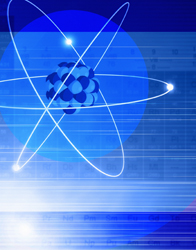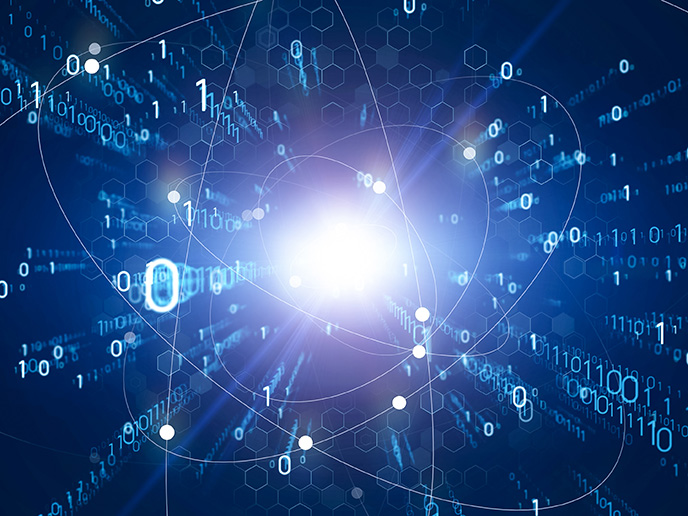Electron spin control for quantum computing
Since the advent of computer technology, our advancing information technology (IT) needs necessitate the development of faster computers with greater processing capacity. Quantum computing comes to revolutionise computing by combining physics, mathematics and computer science. It uses quantum algorithms to exponentially speed up classical computation and fundamentally relies on the properties of an electron spin in an atomic particle known as a quantum dot (QD). Semiconductor QDs are among the most promising single-photon emitters as they integrate photonic properties with the spin of a magnetic ion. This magnetic spin can be selectively manipulated and used for information storage. Although many techniques have been proposed for the manipulation and reading of the spin of electrons in quantum dots, the entire process remains a challenge. To address this issue, the EU-funded ‘Single spin manipulation towards quantum computation’ (SESAM) project aimed to develop new experimental tools in order to read electron spins from magnetic ions. Previously, project members had demonstrated the construction of a quantum dot with a single manganese (Mn) ion inside. In the current project, it was possible to flip the orientation of the Mn electron spin by controlling the excitation process through dark exciton recombination. This enables control of the spin dynamics, which is essential for implementation of quantum information processing. Additionally, scientists constructed an appropriate experimental probe and optimised the fundamental properties of the system to make measurements using photoluminescence technology in high magnetic fields. This probe was further modified to simultaneously deliver microwave radiation to the sample as a means of manipulating the Mn electron spins. However, scientists discovered that microwave radiation did not exert any influence on the single Mn ion spins. Overall, the SESAM project investigated how to most effectively manipulate the electron spin of a single magnetic ion. The accomplishments of the project deliver significant knowledge on quantum computing technology that is necessary for the future development of a quantum computing processing device.







